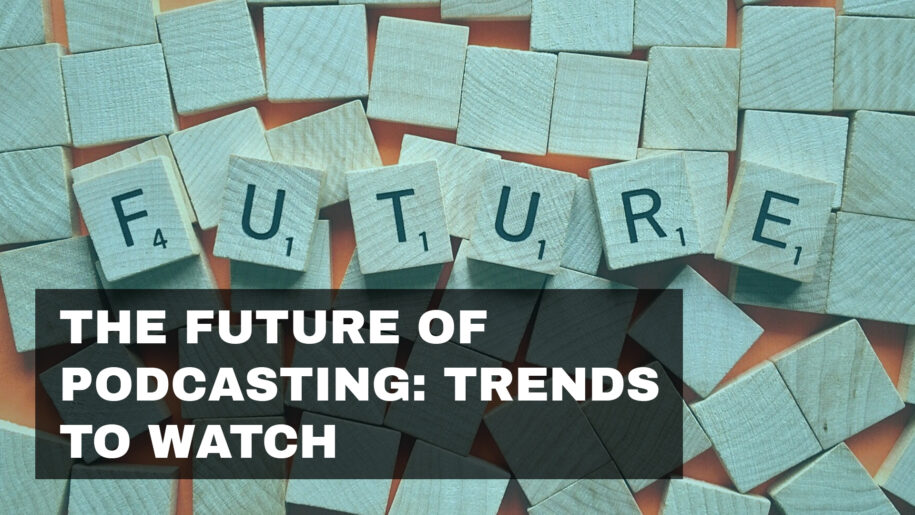Podcasting has experienced explosive growth over the past decade, becoming a significant part of the digital media landscape. As we look forward to 2024, several emerging trends are poised to shape the future of podcasting. In this blog post, we’ll explore the key trends to watch and how they might impact podcasters and listeners alike.
Why Keep an Eye on Podcasting Trends?
Staying informed about the latest trends in podcasting is crucial for podcasters who want to remain competitive and relevant. Understanding these trends can help you innovate your content, engage your audience, and leverage new technologies to enhance your podcasting efforts.
Key Podcasting Trends to Watch in 2024
1. Growth of Niche Podcasts
What It Is: A surge in podcasts focused on specific, niche topics.
- Why It Matters: Niche podcasts cater to highly targeted audiences, fostering strong community engagement and loyalty.
- Example: Podcasts dedicated to ultra-specific interests like urban gardening, vintage video games, or sustainable fashion.
Tips: Identify underserved niches within your area of expertise and create content that speaks directly to those audiences.
2. Interactive Podcasts
What It Is: Podcasts that incorporate interactive elements, allowing listeners to influence the content in real-time.
- Why It Matters: Interactivity can enhance listener engagement and create a more immersive experience.
- Example: Choose-your-own-adventure style podcasts or live polling during episodes.
Tips: Use platforms that support interactivity, such as social media integration or live streaming services, to engage your audience in new ways.
3. Enhanced Monetization Options
What It Is: New and improved methods for podcasters to monetize their content.
- Why It Matters: Diverse monetization strategies can provide sustainable income for podcasters.
- Example: Subscription models, exclusive content for paid members, dynamic ad insertion, and partnerships with brands.
Tips: Explore different monetization avenues to find the best fit for your podcast and audience. Consider offering premium content or ad-free episodes to subscribers.
4. AI and Machine Learning Integration
What It Is: The use of artificial intelligence and machine learning to enhance podcast production and distribution.
- Why It Matters: AI can streamline production processes, improve content recommendations, and personalize listener experiences.
- Example: AI-driven editing tools, automated transcription services, and personalized content suggestions based on listener behavior.
Tips: Leverage AI tools to save time on production tasks and deliver more personalized content to your audience.
5. Expansion of Podcast Networks
What It Is: Growth and consolidation of podcast networks that offer resources and support to podcasters.
- Why It Matters: Joining a network can provide podcasters with marketing support, monetization opportunities, and access to a larger audience.
- Example: Networks like Wondery, Gimlet, and Earwolf continuing to expand their offerings.
Tips: Research podcast networks that align with your content and goals to see if joining one could benefit your podcast.
6. Rise of Video Podcasting
What It Is: Increasing popularity of podcasts that include video elements.
- Why It Matters: Video podcasts can attract a wider audience and provide a more engaging experience.
- Example: Podcasts that are recorded on video and shared on platforms like YouTube, Twitch, or social media.
Tips: Consider adding video to your podcasting strategy. Invest in quality video equipment and ensure your content is visually appealing.
7. Improved Analytics and Metrics
What It Is: Advanced tools for tracking and analyzing podcast performance.
- Why It Matters: Better analytics help podcasters understand their audience and improve their content strategy.
- Example: Detailed listener behavior insights, engagement metrics, and demographic data.
Tips: Utilize advanced analytics tools to gain deeper insights into your audience’s preferences and behaviors. Use this data to refine your content and marketing strategies.
8. Diverse Content Formats
What It Is: Exploration of various content formats beyond traditional podcast episodes.
- Why It Matters: Diverse formats can keep your content fresh and attract different segments of your audience.
- Example: Short-form podcasts, serialized storytelling, docu-series, and hybrid formats combining audio and text.
Tips: Experiment with different content formats to see what resonates best with your audience. Don’t be afraid to innovate and push the boundaries of traditional podcasting.
Real-Life Examples and Lessons
To illustrate the impact of these trends, let’s look at some real-life examples:
- Example 1: “Pod Save America” has successfully used video podcasting to reach a broader audience by streaming live shows on YouTube and social media, enhancing viewer engagement and expanding their listener base.
- Example 2: “The Joe Rogan Experience” leverages its membership model and exclusive content on Spotify, demonstrating the effectiveness of diverse monetization strategies in creating sustainable income streams.
The future of podcasting in 2024 is bright, with exciting trends poised to shape the industry. By staying informed about these trends and adapting your podcasting strategy accordingly, you can stay ahead of the curve and continue to grow your audience. Whether it’s through niche content, interactive elements, enhanced monetization, AI integration, joining podcast networks, incorporating video, using advanced analytics, or experimenting with diverse formats, there are plenty of opportunities to innovate and thrive in the evolving podcasting landscape.
Start exploring these trends today to future-proof your podcast and captivate your audience.


